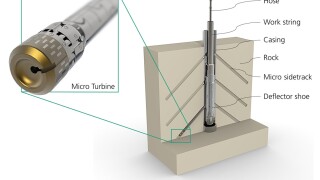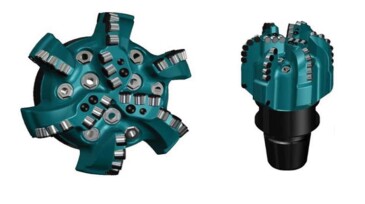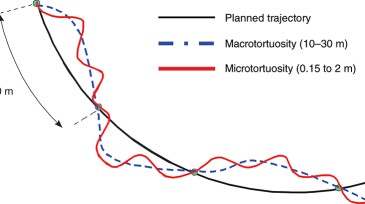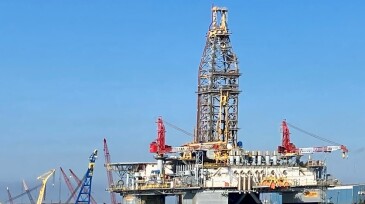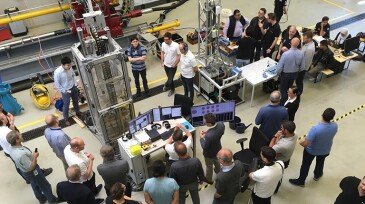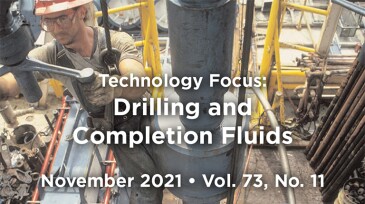Drilling
The Federal Reserve Bank of Dallas’ fourth-quarter energy survey shows that oil prices and geopolitical uncertainty are curbing enthusiasm heading into the new year.
A field test study examines micro turbine drilling in a clay formation that allows steel casing and formation to be drilled in a single operation.
The discovery in the Kutei Basin offshore Indonesia is being considered for fast-track development.
-
Drilling automation is not “there” yet, but it no longer seems like a pipe dream.
-
This paper describes how severe rig limitations were overcome through an optimization plan in which an optimal bottomhole assembly was designed and drilling practices were customized.
-
This paper presents a methodology that aims to allows the anticipation of problems such as mechanically stuck pipe or lockup situations when running casing or completion strings in hole.
-
Schlumberger and Russia’s Gazprom Neft have agreed to jointly develop software and promote other upstream services to be commercialized across Russia and internationally.
-
The fresh investment will result in the manufacture of new drilling-related equipment to assist the national oil company in boosting production capacity.
-
Although offshore drilling demand is slowly getting better, headwinds remain.
-
Union of rival contract drillers will create one of the largest offshore rig companies.
-
The 2021–2022 Drillbotics competition will require the contestants to integrate human factors engineering considerations into their automated drilling rigs for the first time.
-
Recent developments in drilling-systems automation provide a multitude of opportunities to have real-time monitoring of drilling-fluid properties and early diagnosis of drilling-fluid-related complications that might arise while drilling. Coupled with closed-loop control of surface and downhole drilling-fluid properties, automated monitoring of fluid properties would …
-
This paper presents experiences from an automated drilling-fluids-monitoring initiative and resulting real-time hydraulic measurements and models for automatic drilling control.


